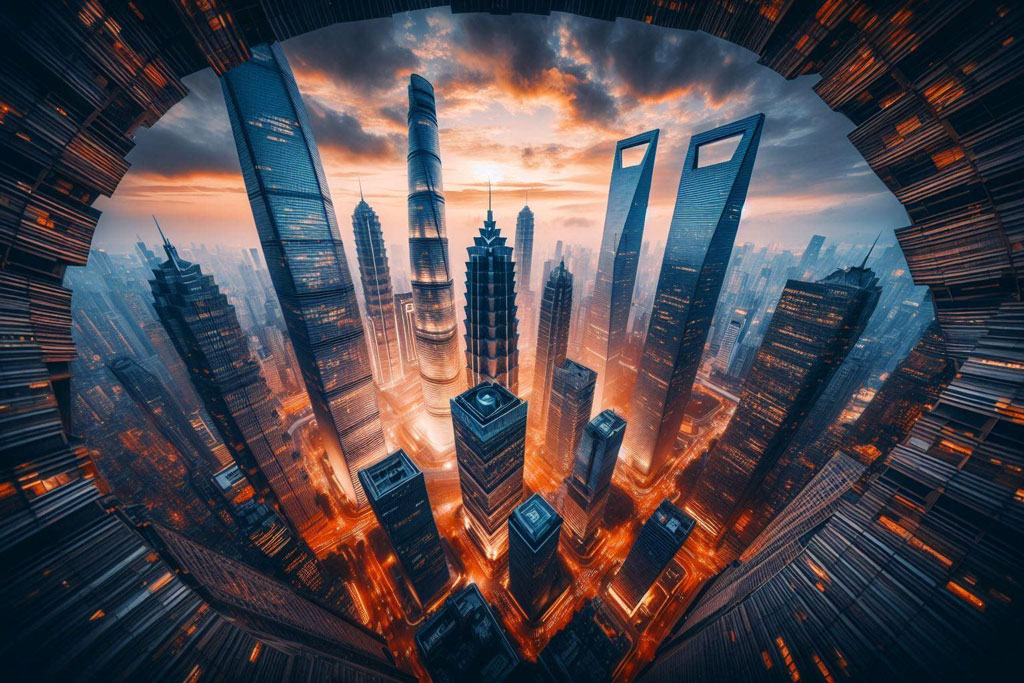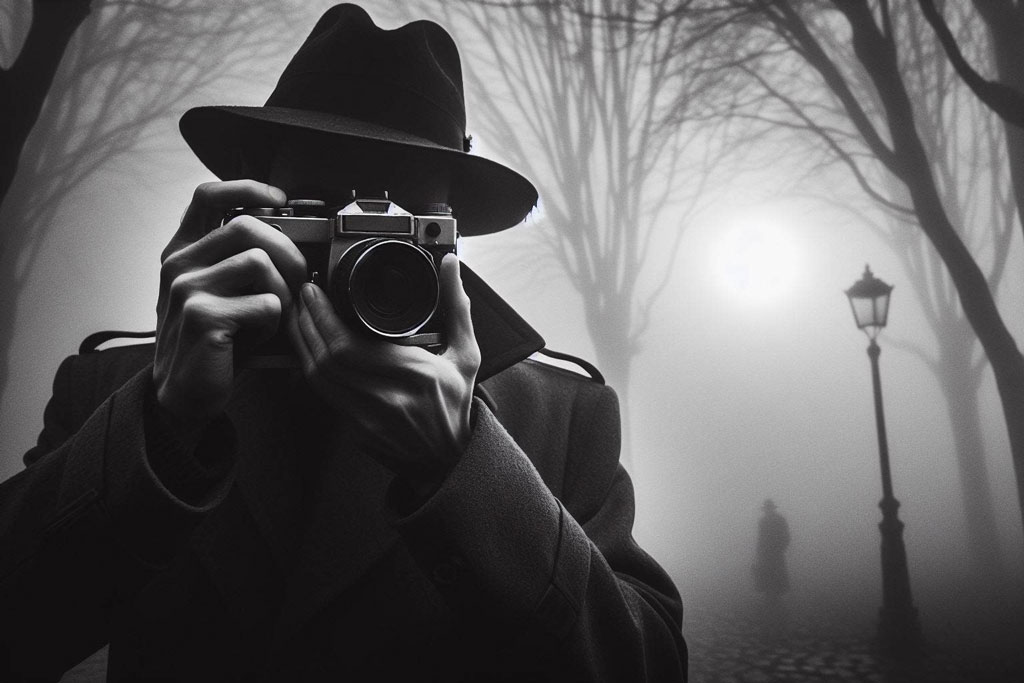Capturing the vibrant energy and dazzling lights of a big city at night can be an exhilarating experience for beginner photographers. However, shooting night photography in urban environments comes with its own set of challenges. From managing low light conditions to dealing with bustling crowds, there are several factors to consider to ensure stunning results. In this article, we’ll explore essential tips and techniques to help beginners master the art of shooting night photography in big cities.
Table of Contents
Understanding Exposure
Achieving the perfect exposure is crucial in night photography, where light conditions can vary dramatically. Beginners should familiarize themselves with the exposure triangle – aperture, shutter speed, and ISO – to effectively control the amount of light entering the camera.
Aperture: When shooting at night, opt for a wide aperture (low f-stop number) to allow more light to reach the camera sensor. This helps in capturing bright city lights and enhances the depth of field in your images.
Shutter Speed: Experiment with slower shutter speeds to capture the movement and dynamic atmosphere of the city at night. However, be mindful of camera shake and use a tripod to keep your shots steady and avoid blurriness.
ISO: Increasing the ISO sensitivity can amplify the camera’s ability to capture light in low-light conditions. However, higher ISO settings may introduce digital noise or graininess to your images. Find a balance between ISO and noise levels to maintain image quality.
Choosing the Right Gear
While expensive camera equipment isn’t always necessary, having the right gear can significantly impact the quality of your night photography shots.
Camera: Invest in a camera with manual settings that allow you to adjust exposure parameters independently. DSLR and mirrorless cameras are popular choices among night photographers for their versatility and image quality.
Lenses: Wide-angle lenses are ideal for capturing expansive cityscapes and skyline views. Additionally, fast prime lenses with wide apertures perform well in low-light conditions and produce stunning bokeh effects.
Tripod: A sturdy tripod is indispensable for shooting long exposures and keeping your camera steady in low-light situations. Look for a lightweight yet durable tripod that you can easily carry around during nighttime photo walks.
Mastering Composition
Composition plays a crucial role in creating visually appealing night photography images. Experiment with different angles, perspectives, and framing techniques to capture the essence of the city after dark.
Leading Lines: Use leading lines such as roads, bridges, or buildings to draw the viewer’s eye towards the focal point of your image. Leading lines add depth and dynamism to night photography compositions.
Foreground Elements: Incorporating interesting foreground elements, such as street signs, statues, or people, can add context and storytelling to your night shots. Experiment with different compositions to find the perfect balance between foreground and background elements.
Symmetry and Reflections: Look for symmetrical structures and reflective surfaces, such as glass facades or bodies of water, to create captivating compositions. Symmetry and reflections add visual interest and complexity to nighttime cityscapes.
Navigating Low Light Conditions
Shooting in low light conditions presents unique challenges for beginner photographers. However, with the right techniques and preparation, you can overcome these challenges and capture stunning night photography images.
Long Exposures: Embrace the magic of long exposures to capture light trails from passing cars, streaks of light in the night sky, and smooth water reflections. Experiment with different shutter speeds to achieve the desired effect and create captivating nightscapes.
White Balance: Adjusting the white balance settings on your camera can help correct color casts and ensure accurate color reproduction in your night photography images. Experiment with different white balance presets or manually adjust the temperature and tint settings to achieve the desired look.
Noise Reduction: Use in-camera noise reduction settings or post-processing software to minimize digital noise and graininess in your night photography shots. While some level of noise is inevitable in low-light conditions, reducing noise can help improve the overall quality of your images.
Advanced Techniques for Mastering Night Photography in Big Cities
Let’s explore advanced strategies to help you elevate your nighttime images to the next level.
Experimenting with Light Painting
Light painting is a creative technique that involves using handheld light sources to paint or draw light in a scene during a long exposure. This technique allows you to add unique and artistic elements to your night photography compositions.
Tools: Experiment with various light sources, such as flashlights, LED panels, or even sparklers, to create different effects and patterns in your light painting images. Consider using colored gels or filters to add a splash of color to your light painting creations.
Techniques: Practice different light painting techniques, such as swirling motions, straight lines, or intricate patterns, to add visual interest and creativity to your night photography shots. Experiment with exposure times and movement speed to achieve the desired effect and control the intensity of the light trails.
Capturing Urban Landscapes from Above
Aerial photography offers a unique perspective on nighttime cityscapes, allowing you to capture breathtaking views from above. Whether using a drone or shooting from a high vantage point, aerial night photography opens up new possibilities for capturing the sprawling city lights and architectural marvels from a bird’s-eye view.
Drone Photography: If using a drone, familiarize yourself with local regulations and safety guidelines for flying drones in urban areas. Plan your flights during the golden hour or blue hour for optimal lighting conditions and avoid flying near restricted airspace or crowded areas.
High Vantage Points: Seek out elevated vantage points, such as rooftop bars, observation decks, or hilltops, to capture stunning panoramic views of the city skyline at night. Consider using a wide-angle lens to capture the expansive cityscape and incorporate interesting foreground elements into your compositions.
Embracing Minimalism and Negative Space
Incorporating negative space and minimalist compositions can create impactful and visually striking night photography images. By simplifying the elements in your frame and focusing on key subjects or focal points, you can evoke a sense of serenity and sophistication in your nighttime compositions.
Composition: Experiment with minimalist compositions by eliminating distracting elements and focusing on clean lines, shapes, and textures in your night photography images. Use negative space to draw attention to the main subject and create a sense of balance and harmony in your compositions.
Silhouettes: Embrace the beauty of silhouettes against the backdrop of city lights and night skies. Look for opportunities to capture interesting silhouettes of buildings, trees, or people against colorful twilight skies or illuminated cityscapes.
Pushing the Limits with Astrophotography
Venturing beyond the city limits opens up opportunities for capturing breathtaking astrophotography images against the backdrop of the night sky. Whether capturing star trails, the Milky Way, or celestial phenomena, astrophotography adds a sense of wonder and awe to your nighttime photography portfolio.
Dark Sky Locations: To minimize light pollution and maximize visibility of celestial objects, venture to dark sky locations away from the glare of city lights. Research local dark sky reserves or national parks known for their pristine night skies and unobstructed views of the stars.
Long Exposures: Experiment with long exposure techniques to capture star trails and celestial motion in the night sky. Use a sturdy tripod and remote shutter release to keep your camera steady during long exposure shots and avoid camera shake.
Continuing Your Night Photography Journey
Mastering night photography in big cities requires patience, practice, and a willingness to explore new techniques and perspectives. By incorporating advanced techniques such as light painting, aerial photography, minimalist compositions, and astrophotography into your repertoire, you can capture stunning nighttime images that showcase the beauty and dynamism of urban landscapes. Keep experimenting, pushing your creative boundaries, and refining your skills to continue your journey as a night photography enthusiast.



